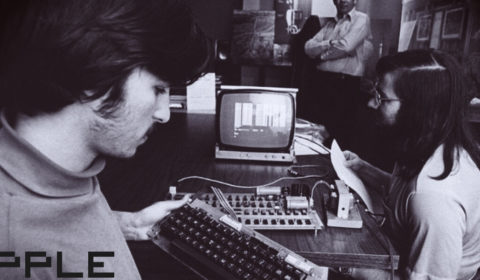The best tools used in…
Top Tools for Artificial Intelligence Development.
The top tools used in the field of AI, including frameworks for machine learning and deep learning, libraries for data processing and analysis, and interactive development environments.
1. TensorFlow
TensorFlow is an open-source software library developed by Google. It is widely used for building and deploying machine learning and deep learning models. TensorFlow offers great flexibility and supports a wide range of AI tasks.
2. PyTorch
PyTorch is another popular AI library developed by Facebook. It is appreciated for its user-friendly interface and flexibility. PyTorch is particularly popular in the field of deep learning research.
3. scikit-learn
scikit-learn is a Python library that provides tools for machine learning. It offers a comprehensive range of supervised and unsupervised learning algorithms, as well as data preprocessing and model evaluation tools.
4. Keras
Keras is a Python deep learning library that provides a user-friendly interface for building and training neural networks. It is highly modular and works on top of multiple underlying computational libraries, including TensorFlow and Theano.
5. Microsoft Cognitive Toolkit (CNTK)
Microsoft Cognitive Toolkit (CNTK) is an AI framework developed by Microsoft. It offers high performance and efficiency for machine learning and deep learning tasks. It is also compatible with multiple programming languages, including Python and C++.
6. OpenAI Gym
OpenAI Gym is an open-source library that provides a set of learning environments for training and validating reinforcement learning models. It is widely used for reinforcement learning and AI experimentation.
7. Apache Spark
Apache Spark is a distributed data processing framework that offers advanced features for AI data processing. It supports parallel and distributed processing of data, making it a popular choice for large-scale AI tasks.
8. Jupyter Notebook
Jupyter Notebook is a popular interactive development environment for AI. It allows running code, visualizing results, and creating interactive reports, making it easy to experiment and share AI work.

